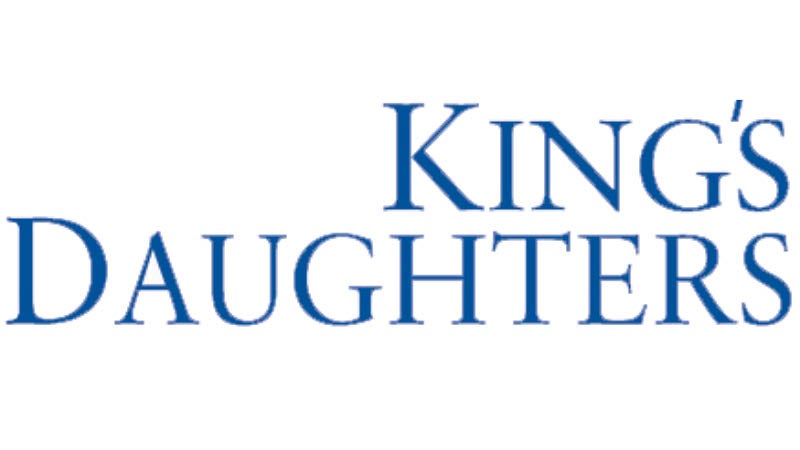FRA finally responds to quiet zone request
Published 11:31 am Wednesday, December 10, 2014
This past July Ironton Mayor Rich Blankenship began the process of establishing a quiet zone at the McPherson Street railroad crossing. This past Friday he received a response from the Federal Railroad Administration (FRA).
A letter from FRA program specialist Milicent White informed Blankenship that his request on behalf of the city of Ironton for the FRA to grant a waiver of compliance from certain provisions of Title 49 Code of Federal Regulations, Section 222.21(a), more commonly known as the “Train Horn Rule,” had been acknowledged.
Blankenship sent another request letter to railroad officials in November after speaking with a representative from Norfolk Southern. Blankenship said the train horns diminish residents’ quality of life and a quiet zone should be established because the McPherson Street crossing is not used full time.
“He told me exactly what my request letter should say and what else needed to be included with the letter,” Blankenship said.
Upon receipt of Blankenship’s most recent request the FRA informed Blankenship his request has been assigned the docket number FRA-2014-0122.
The docket contains all documents pertaining to the request for the quiet zone and allows for interested citizens to post comments, which can be done at www.regulations.gov and searching the docket number.
“I encourage citizens to post comments,” Blankenship said. “This is the most progress we have made in this effort and we need to do everything we can to keep it going.”
Residents submitted nearly 20 letters of support for the quiet zone to Blankenship earlier this year.
Blankenship has authority to request the limited waiver with respect to the application of 49 CFR Part 222, aka the “Train Horn Rule,” which permits locomotive engineers to begin sounding train horns at least 15 seconds and no more than 20 seconds in advance of all public grade crossings.
According to the FRA’s website, the Train Horn Rule states locomotive engineers must begin to sound train horns at least 15 seconds, and no more than 20 seconds, in advance of all public grade crossings in a standardized pattern of two long, one short and one long blasts.
The pattern must be repeated or prolonged until the lead locomotive or lead cab car occupies the grade crossing. The rule does not stipulate the durations of long and short blasts.
A provision in the Train Horn Rule allows localities nationwide to mitigate the effects of train horn noise by establishing “new quiet zones.” In a quiet zone, railroads have been directed to cease the routine sounding their horns when approaching public highway-rail grade crossings.
Train horns may still be used in emergency situations or to comply with other Federal regulations or railroad operating rules. Localities desiring to establish a quiet zone are first required to mitigate the increased risk caused by the absence of a horn.
If established, the quiet zone would be in place from 10 p.m.-6 a.m.





